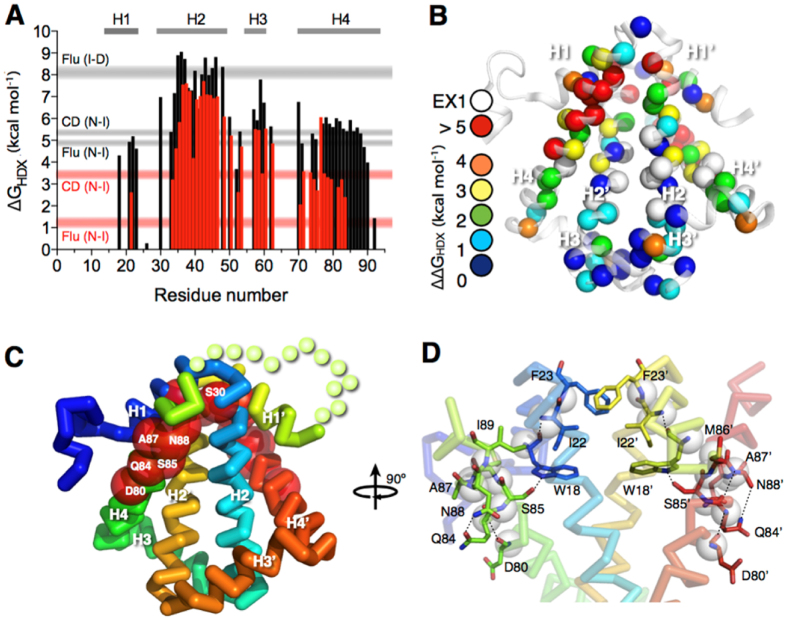Figure 3. Concatenation destabilizes local structures of HP0242.
(A) ΔGHDX as a function of residue number. The results of wt and tandem HP0242 are shown in black and red bars, respectively. The ranges of free energies of unfolding for native-to-intermediate (NI) and intermediate-to-denatured (ID) derived from far-UV CD and intrinsic fluorescence are shown in horizontal grey (wt) and red (concatenated) bars as indicated on the left. (B) Structural mapping of the destabilization effect of concatenation. Individual backbone amide nitrogen atoms are shown in spheres and their respective ΔΔGHDX = ΔGHDX(wt) − ΔGHDX(concatenated) values are colour-coded as indicated on the left. (C) Ribbon representation of concatenated HP0242 that is colour-ramped from blue to red for N- to C-termini, respectively. Residues that exhibit the largest destabilising effects are shown in red spheres and the identities are indicated in white letters. (D) Local structure of the destabilised region. Residues that are most destabilised are shown in stick representations and the inter-residue hydrogen bonds are shown in black dashed lines.

